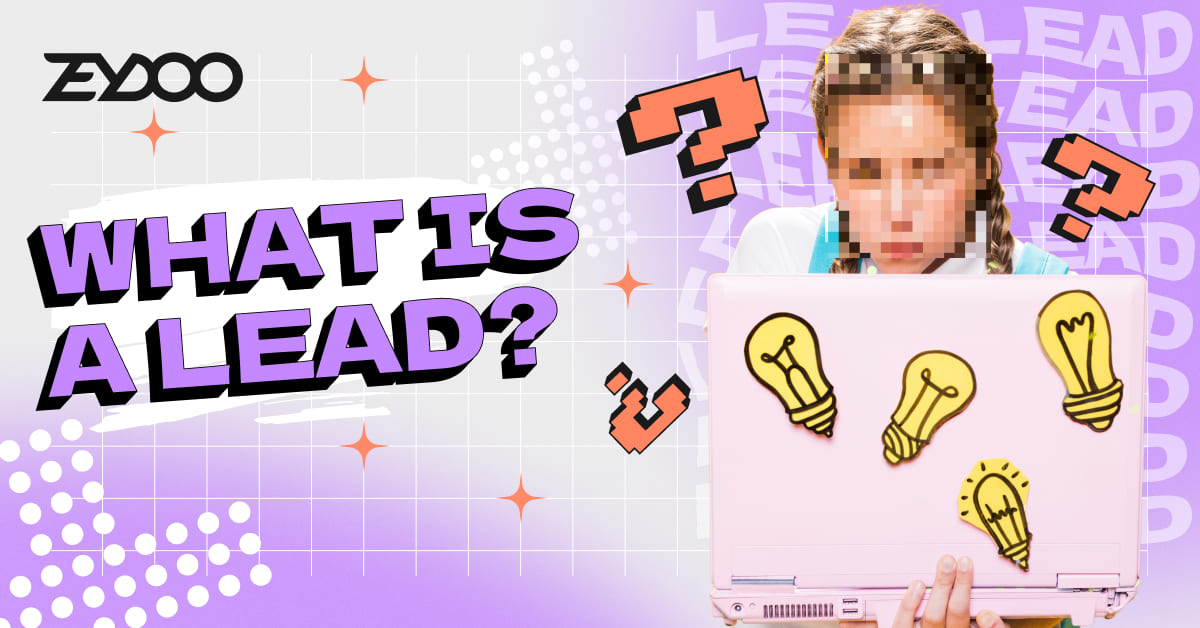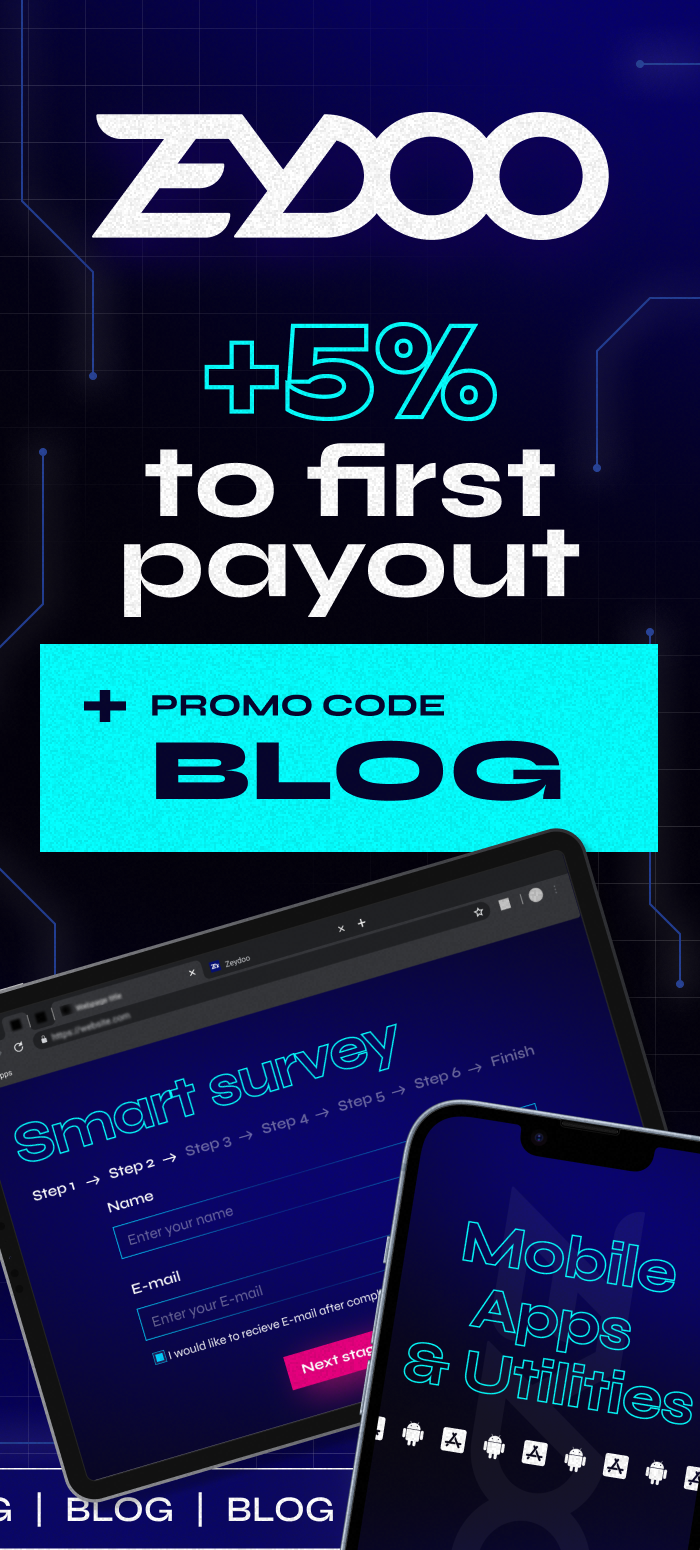“Lead” is a term often heard, yet its precise meaning can be elusive. In reality, it showcases a spectrum of definitions.
We encounter sales leads, marketing leads, and in some instances, they’re referred to as prospects.
Given this complexity, it’s common to get a bit confused. In that light, we’ll get down to the bottom of this and explain what exactly the lead is.
Table of contents
What is a Lead in General?
So, what exactly is a lead? Well, at its core, a lead is someone who’s interested in what you offer and has kindly shared their contact info with you. Pretty straightforward, right?
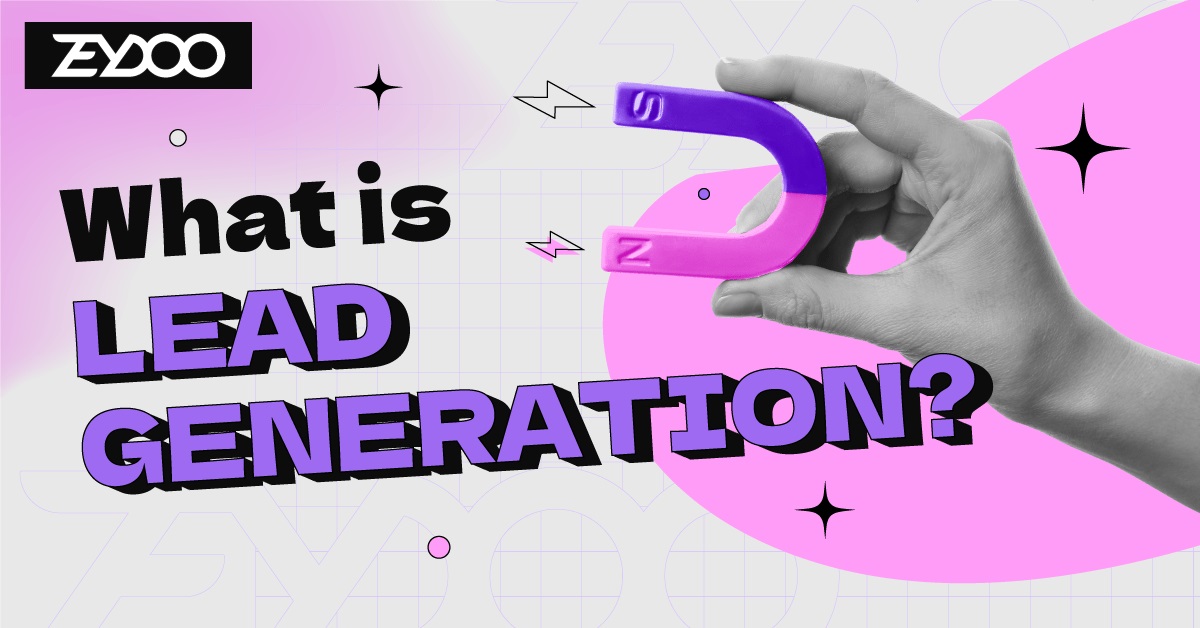
But let’s go a bit deeper. We connected with one of the best leadgen specialists, to get the best picture: Here’s what we got as an answer:
“Leads are the fresh faces in our world, folks with their own unique personal info who are brand-spanking-new to our client family.
“They might be out hunting for a service or product for themselves or their company, and when they stumble upon something they like, they don’t mind sharing their deets.
Now, it’s game time for the sales squad. They swoop in, armed with these contact nuggets, aiming to turn these leads into loyal customers. Or sometimes, the leads themselves take the plunge after getting cozy with our marketing efforts.”
In short, leads are people who share their new contact information with you. Then, either the sales team uses this information to follow up, or the marketing team engages with them – which brings us to the important topic of the difference between marketing leads and sales leads.
Marketing Leads vs. Sales Leads
Now that we have a basic understanding of what a lead is, let’s dive into the specific types: marketing leads and sales leads.
- What is a Lead in Marketing?
A marketing lead, or Marketing Qualified Lead (MQL), is someone who has interacted with your company’s marketing efforts but isn’t quite ready to make a purchase.
For example, they might have downloaded an e-book, subscribed to your newsletter, or joined a webinar. These leads are interested and engaged but need a bit more nurturing before they’re ready to buy.
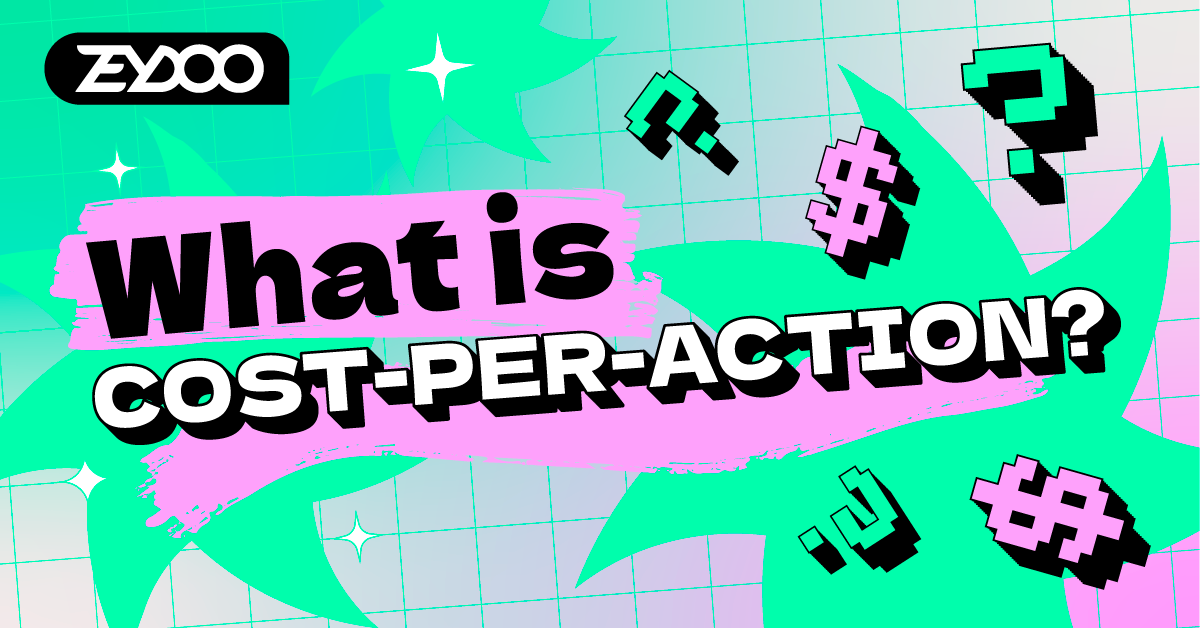
- What is a Sales Lead?
On the other hand, a sales lead, or Sales Qualified Lead (SQL), is someone who has shown a clear intention to purchase. They might have requested a demo, filled out a contact form saying they’re ready to buy, or reached out directly to the sales team. Sales leads are further along in their buying journey and need direct sales engagement
- MQLs vs. SQLs: Key Differences
The main distinction between MQLs and SQLs is their readiness to make a purchase.
- MQLs: Marketing Qualified Leads (MQLs) need more nurturing through marketing activities like personalized emails and targeted content.
- SQLs: Sales Qualified Leads (SQLs) are ready for direct sales interactions, such as one-on-one meetings, detailed product information, and negotiations.
Knowing these differences helps businesses use their resources wisely, focusing marketing efforts on nurturing MQLs and letting the sales team work on closing deals with SQLs.
Are There Other Types of Leads?
Yes, there are more types of leads beyond just marketing and sales leads. Each type requires a unique approach for engagement and conversion.
- Information Qualified Leads (IQLs): IQLs are at the very top of the sales funnel. They’ve shown interest by engaging with content like blog posts, infographics, or videos. These leads are in the early research stage and aren’t yet thinking about making a purchase.
- Marketing Qualified Leads (MQLs): As we mentioned earlier, MQLs have taken specific actions such as downloading resources or signing up for newsletters. They’re more engaged than IQLs but still need further nurturing.
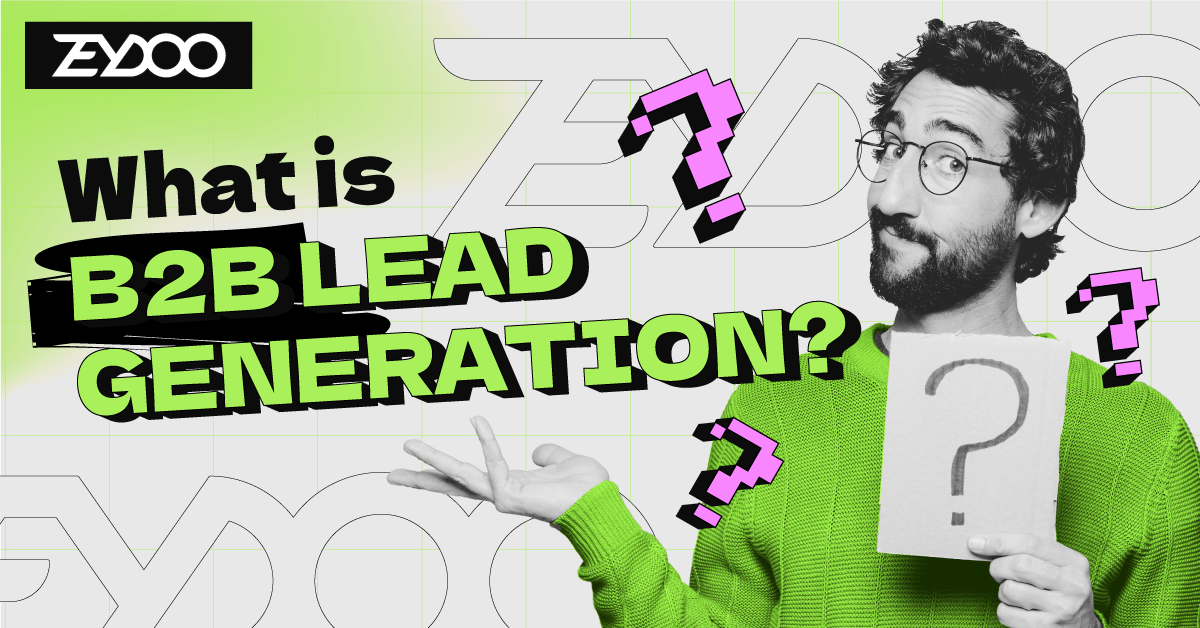
- Sales Qualified Leads (SQLs): SQLs are further along in the funnel and have shown a clear intent to buy. They might have requested a product demo or directly contacted the sales team with inquiries about purchasing.
- Product Qualified Leads (PQLs): PQLs have tried a product through a free trial or a freemium model and are likely to upgrade to a paid version. Their product usage indicates a strong intent to buy.
- Service Qualified Leads (Service QLs): Service QLs are existing customers who have expressed interest in additional services or upgrades. They are ideal candidates for upselling and cross-selling.
How to Qualify a Lead
Qualifying a lead means figuring out if they have the potential to become a customer. This helps you focus your efforts on leads that are most likely to convert, saving you time and resources.
For instance, imagine running a campaign that brings in a lot of sign-ups. That sounds great, but if those sign-ups don’t turn into paying customers, you’ve just spent money advertising to the wrong audience.
The leadgen specialist we connected with points out:
“Sign-up forms can be filled out by bots. So, if your metrics show a sudden spike in leads, make sure to double-check if they are real people.”
Steps to Qualify a Lead
- Define Your Ideal Customer Profile (ICP): Identify the traits of your ideal customers, including their demographics, behaviors, and needs.
- Lead Scoring: Assign values to leads based on their interactions with your content and how well they match your ICP. This helps rank leads by their likelihood to convert.
- Segmentation: Group leads into different categories based on their scores and characteristics to enable targeted marketing efforts.
- Nurturing: Engage with leads using personalized content, emails, and other marketing activities to guide them through the sales funnel.
- Verification: Ensure that the leads are real people, not bots. As our leadgen specialist says: “Sometimes users forget their login details and create new accounts. We identify these and connect them to their existing accounts, so they aren’t mistakenly counted as new leads.”
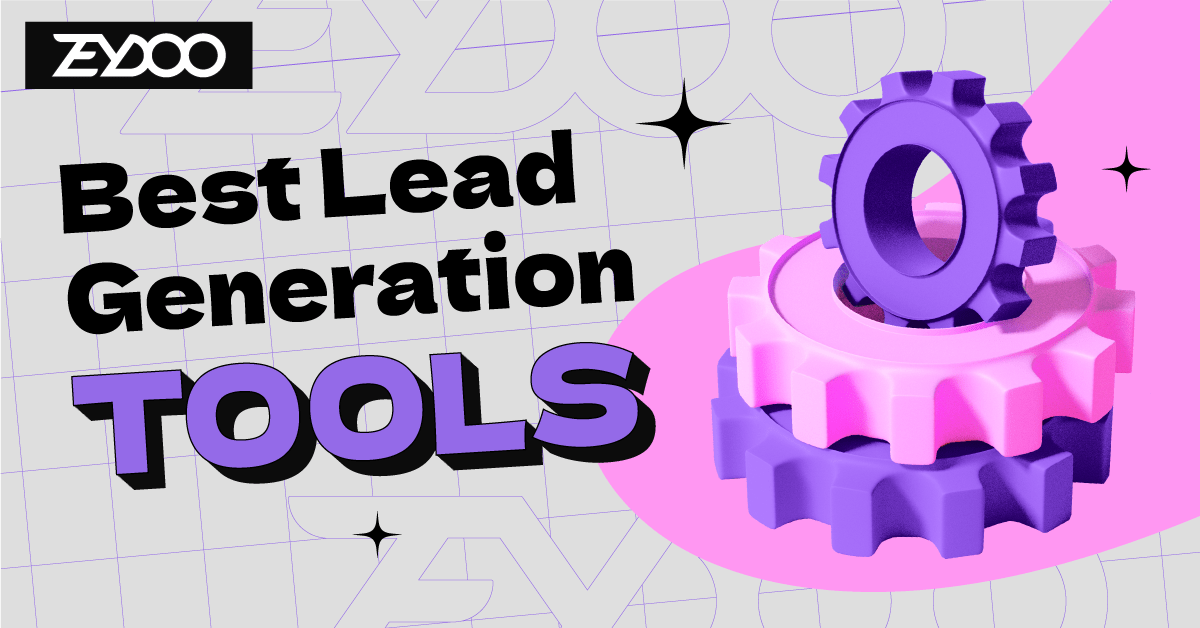
How to Turn Leads into Customers
Converting leads into paying customers marks the pinnacle of any successful lead generation effort. Here are 7 steps to effectively convert your leads:
- Nurture campaigns: Engage leads with personalized email sequences and content to maintain their interest and guide them toward making a purchase.
- Social proof and testimonials: Boost trust and credibility by sharing real success stories and customer reviews.
- Incentives and promotions: Drive conversions by offering enticing deals such as discounts, free trials, or limited-time offers.
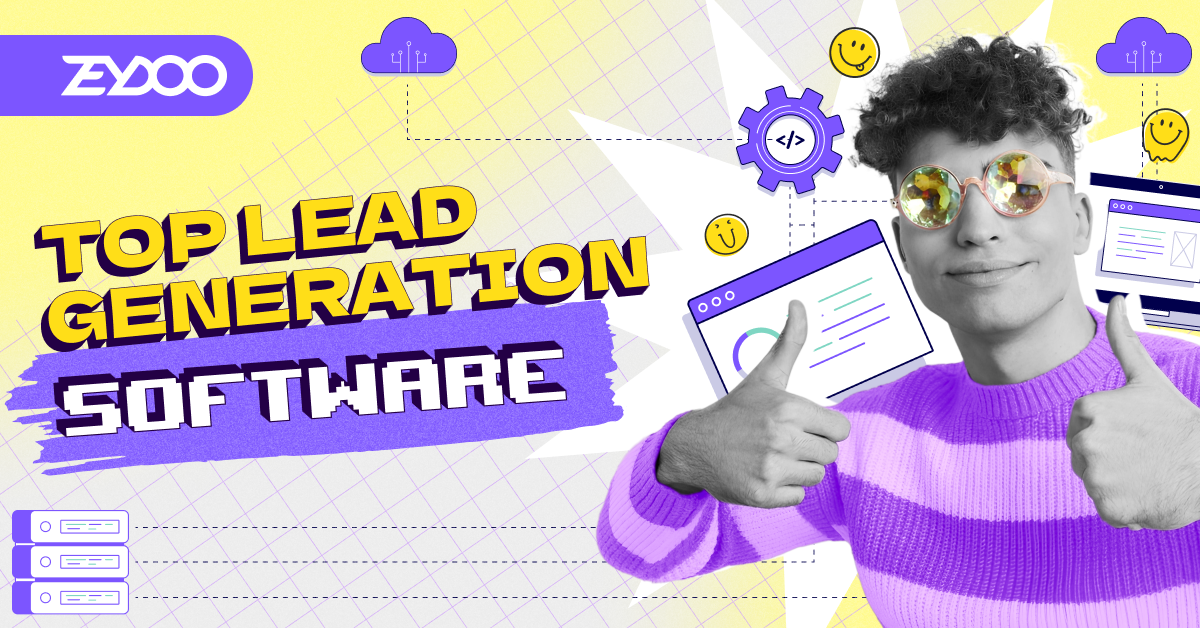
- Sales funnel optimization: Streamline your sales process to make it as seamless and straightforward as possible for leads to complete their purchase.
- Utilize data analytics: Harness the power of data analytics to track and analyze lead behavior, enabling you to refine your strategies and enhance conversion rates.
- Personalize your approach: Segment your leads and tailor your communications to their specific preferences and needs, enhancing the relevance and effectiveness of your messaging.
- Build long-term relationships: Foster ongoing relationships with customers by providing post-purchase support, offering loyalty programs, and delivering regular updates and exclusive offers to keep them engaged and satisfied.
Wrapping Up: Know Your Leads for Effective Campaigns
Gaining a thorough understanding of what constitutes a lead, the various lead types, and the distinctions between sales and marketing leads can significantly impact the success of your campaigns. Leveraging lead information enables you to segment your audience effectively, enhance data analysis capabilities, and gain deeper insights into your sales funnel dynamics.
In the words our leadgen specialise:
“While monitoring high-level metrics provides insights into lead generation campaign efficiency, conducting a detailed analysis is crucial to account for factors like bot activity and re-registrations.”
If you’re new to lead generation or working on improving your current campaigns, this guide will help you learn how to turn leads into loyal customers.
